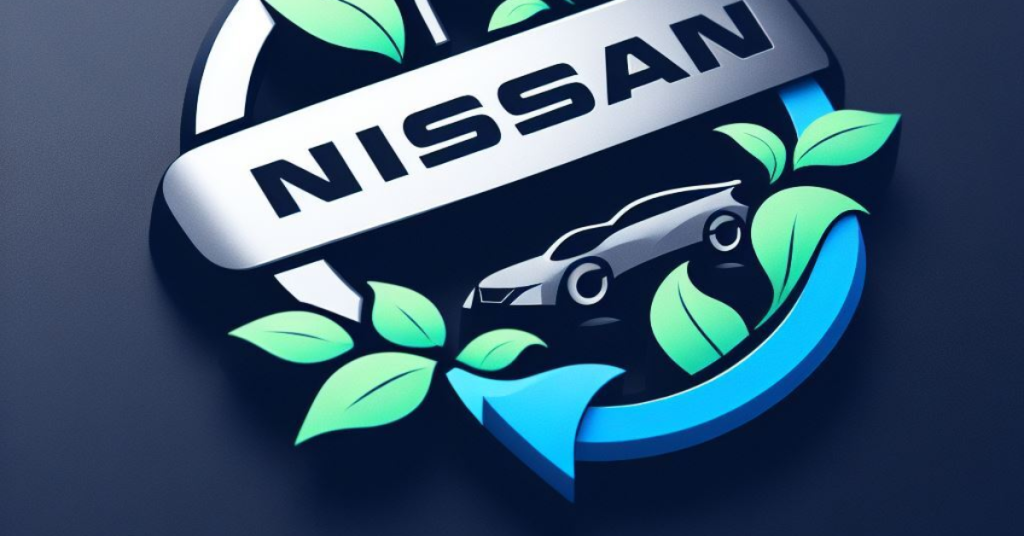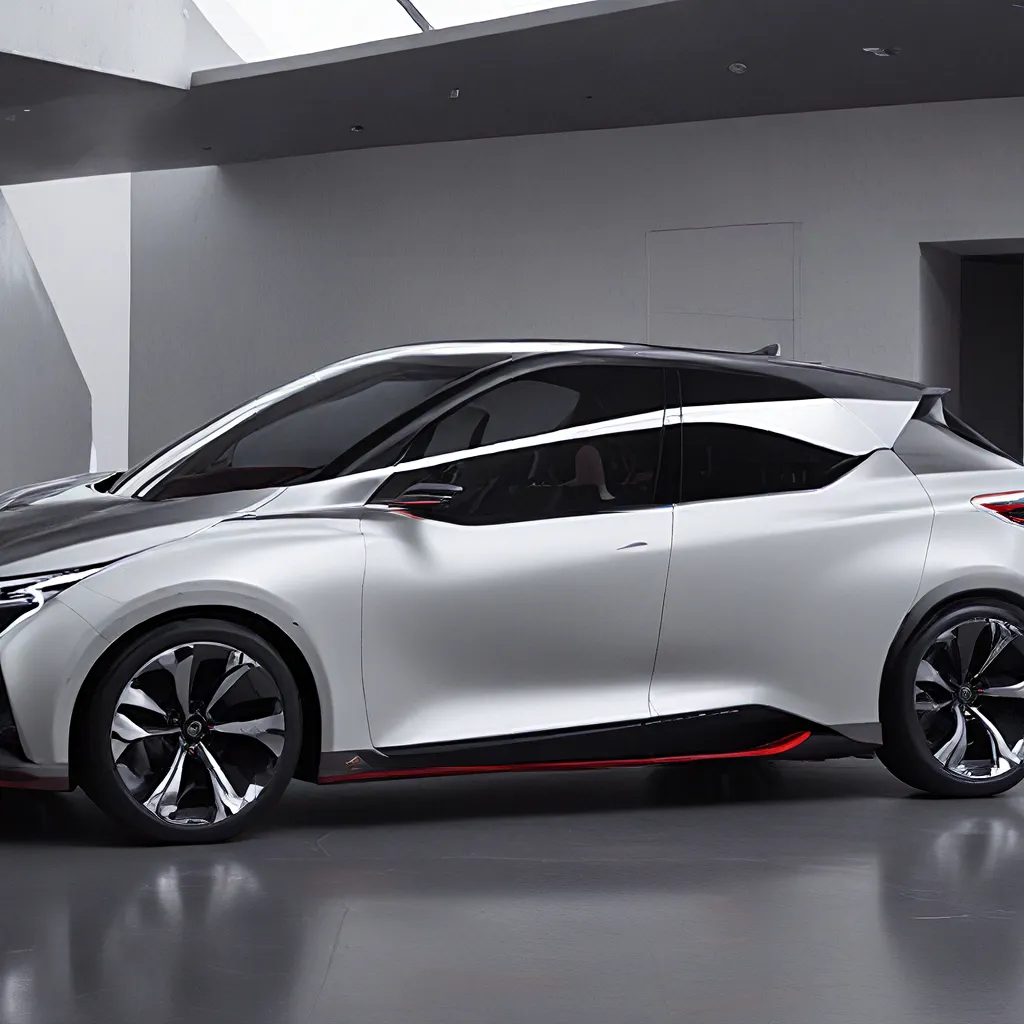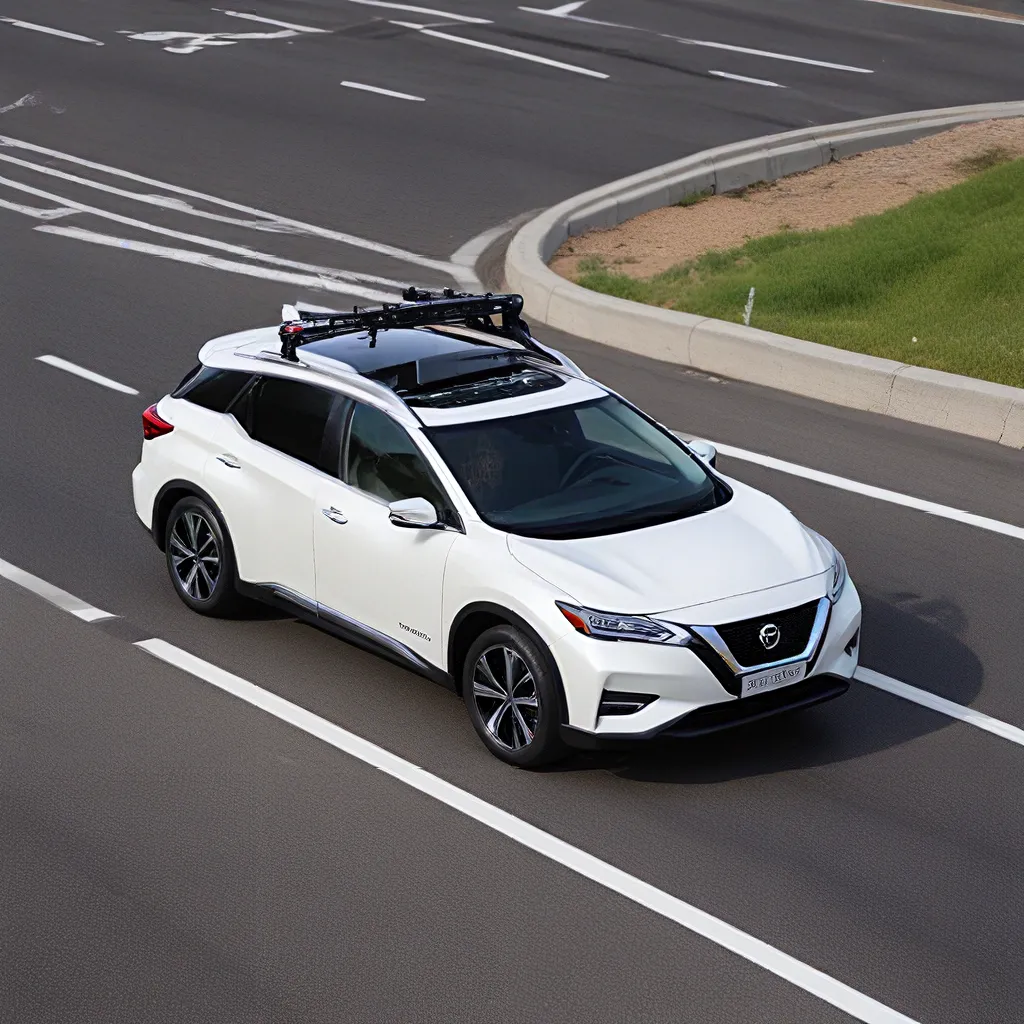
As I dive into the world of vehicle-to-grid (V2G) technology, I can’t help but feel a surge of excitement. It’s like uncovering a hidden superpower that our beloved electric vehicles possess – the ability to not only draw power from the grid, but also give it back when needed. And who better to guide us through this electrifying journey than the pioneers at Nissan?
The Future of Energy Flexibility
Let’s start by understanding the importance of energy flexibility in our rapidly evolving power grid. As renewable energy sources like wind and solar take center stage, the need for adaptability and balance has never been greater. Imagine a football match where the entire stadium turns on their kettles during halftime – the grid needs to react quickly to avoid a power outage. This is where V2G technology steps in, offering a dynamic solution.
According to DNV, the annual variability in electricity supply is set to nearly double by 2050 compared to today. This means that the grid will need to become more flexible to accommodate the intermittent nature of renewable energy. And that’s where the untapped potential of electric vehicles comes into play.
Nissan’s Leadership in V2G
Nissan, the pioneering automaker behind the iconic Leaf, has been at the forefront of V2G technology. In a groundbreaking collaboration with Imperial College London, Nissan’s EON Drive and the UK government, they’ve been exploring the carbon-saving and economic benefits of this innovative technology.
Andrew Humberstone, Managing Director of Nissan Motor GB, says, “There is enormous potential in vehicle-to-grid to deliver huge savings both in financial terms for electricity system operators and vehicle fleets and in environmental terms by significantly cutting CO2 emissions across the UK power system. Nissan is at the forefront of efforts to realise this potential.”
The Power of V2G
The concept of V2G is relatively simple, but its implications are nothing short of revolutionary. Imagine your electric vehicle as a mini-power plant on wheels, capable of storing and distributing energy back to the grid when demand is high. This bi-directional charging capability allows for better integration of renewable sources, reduced reliance on fossil-fueled generation, and even potential cost savings for EV owners.
According to the white paper published by DNV, Imperial College, and Nissan EON Drive, V2G could deliver substantial economic benefits to the power system and reduce carbon emissions. Professor Goran Strbac, Chair in Electrical Energy Systems at Imperial College London, explains, “Our research has demonstrated that V2G can provide very substantial economic benefits to the power system as well as reduce carbon emissions.”
Fleet Vehicles: The Perfect Match for V2G
One of the key advantages of V2G technology is its compatibility with fleet vehicles. These vehicles, often used for commercial or municipal purposes, have predictable usage patterns and regularly return to a central location at the end of the day. This makes them the perfect candidates for V2G integration, as they can be plugged in and ready to contribute their stored energy to the grid during peak demand periods.
Imagine a fleet of Nissan Leafs or e-NV200s, silently powering the grid while their drivers enjoy their well-deserved rest. It’s a win-win situation – the vehicles get recharged overnight, and the grid benefits from the additional flexibility and energy storage.
The Path to V2G Adoption
The journey towards widespread V2G adoption is not without its challenges, but Nissan and its partners are leading the charge. SBD Automotive’s white paper highlights the need for interoperability and standardization between different systems and technologies, as well as the availability of charging infrastructure and grid capacity.
Nissan is actively addressing these barriers. The company’s recent announcement of the first large-scale V2G trial, involving 20 chargers installed at its European Technical Centre in Cranfield, is a significant step forward. And with the e4Future project, a collaboration with Imperial College and EON Drive, Nissan is demonstrating how electric vehicles can support the UK grid and provide a profitable and sustainable solution for business fleets.
Nissan’s Vision for the Future
As I delve deeper into Nissan’s insights, I can’t help but feel a sense of optimism about the future of energy and transportation. The automaker’s unwavering commitment to vehicle-to-grid technology is not just about harnessing the power of electric vehicles – it’s about shaping a more sustainable and resilient energy landscape.
Nissan’s vision of Intelligent Mobility is designed to guide the company’s product and technology pipeline, anchoring critical decisions around how cars are powered, driven, and integrated into society. And V2G technology is a crucial piece of this puzzle, unlocking the potential for electric vehicles to become active participants in the energy ecosystem.
Conclusion: A Charged Future Awaits
As I wrap up my journey through Nissan’s insights on vehicle-to-grid technology, I can’t help but feel a sense of excitement for the future. The potential benefits are staggering – from reduced carbon emissions to cost savings for both consumers and grid operators. And with Nissan leading the charge, I have no doubt that we’ll see more and more electric vehicles powering our homes, our businesses, and our entire energy grid.
So, the next time you see a Nissan Leaf or e-NV200 parked and plugged in, remember that it’s not just recharging – it’s unlocking the future of energy flexibility. The future is charged, and Nissan is leading the way.






